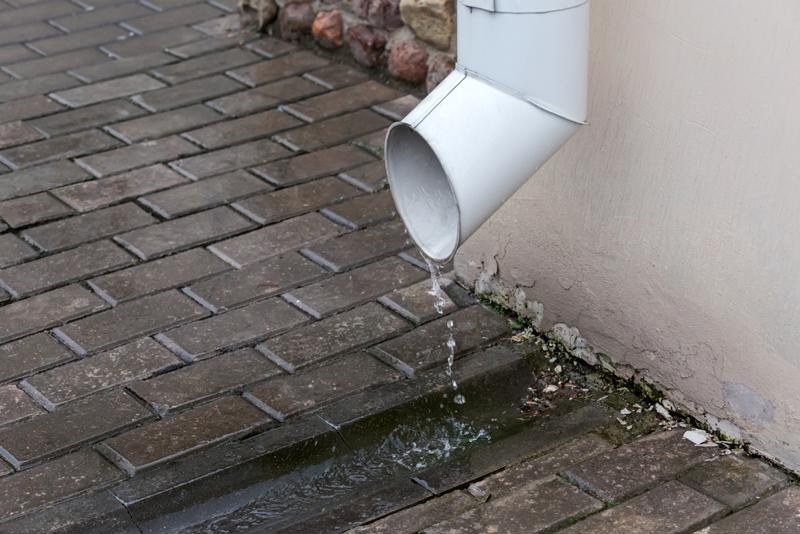Hello again, and welcome back. Today we’ll look at a few of the different ways to heat your home this winter.
First up are furnaces and boilers. Furnaces heat air and spread it around your home through vents, while boilers are similar – except they heat water instead, typically spreading it around your home through radiators. These are the most common ways to heat homes, and they are relatively reliable and affordable.
Next is the fireplace. There are a few versions today, including the traditional wood-burning model and the gas fireplace. Which you prefer is up to you, but gas is typically easier to maintain, and both provide the ambiance that you know and love.
So which one is right for your home? It depends on your budget, preferences and region in which you live. Consult a trusted professional, and make sure you have your heating system inspected before the winter.



